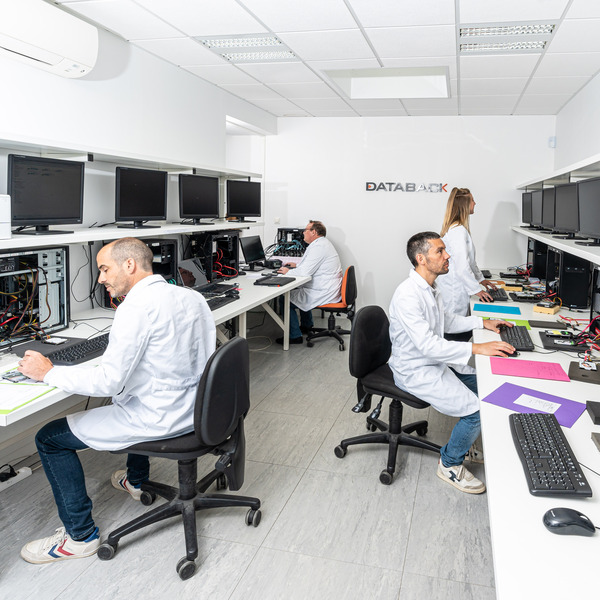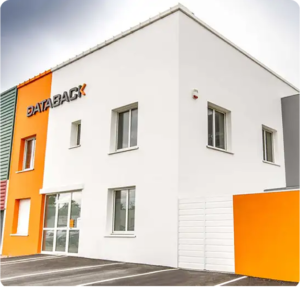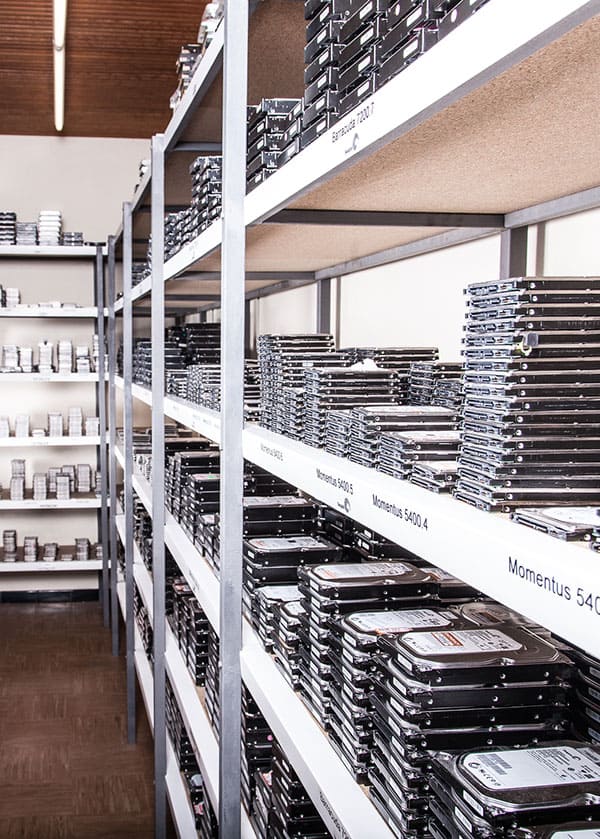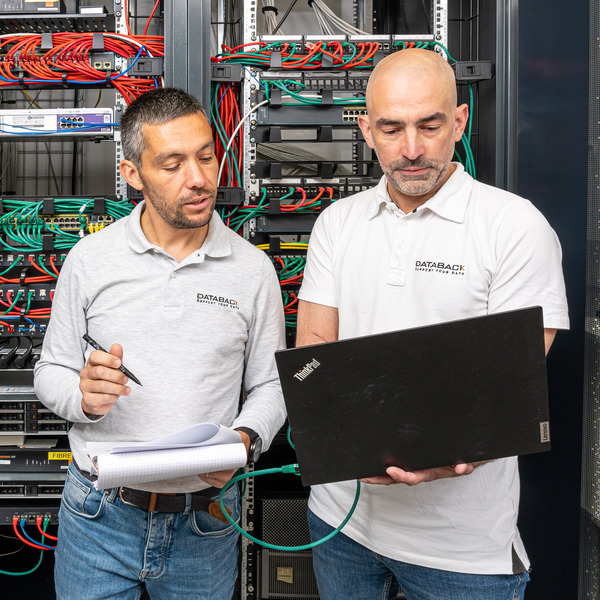What is a RAID system?
The RAID principle can be summed up by its acronym: Redundant Array of Independent Disks. In other words, the RAID configuration consists of combining several independent hard disks into a single storage medium. More precisely, it federates physical hard disks into a single large logical volume, thanks to storage virtualization techniques.
Although RAID is based on the aggregation of several disks into one or more “clusters”, its primary purpose is not to increase storage capacity. With the exception of RAID 0, the useful capacity of a RAID system is always less than the total size of the hard disks making up the system.
It’s preferably the advanced features provided by storage virtualization that users will be looking for.
As its acronym indicates, the second founding principle of RAID is data redundancy, to limit data loss in the event of failure. Each system will also meet specific objectives, depending on the way data is distributed between the various disks, the interaction between them and the RAID parameters: increased read and write performance, fault tolerance, data availability and reconstruction, etc.





















